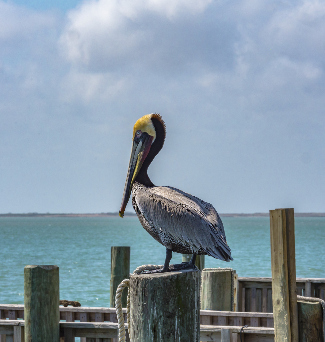Aransas County is a part of the Corpus Christi Metropolitan Statistical Area. The population was 23,158 at the 2010 census. The county seat is Rockport. The median age in the area is 39.5. The state’s median income is $52,538. However, if you’re wondering whether this place is worth visiting, read on. We’ve put together some information on Aransas County.
The first thing you need to know is that Aransas County is surrounded by three counties. On one side, you’ll find the San Patricio, Refugio, and Nueces counties. On the other side of the Gulf, you’ll find Rockport, which is the county seat. The area is known for hurricanes and mudslides. However, you’ll be glad to know that Aransas County is mostly unspoiled.
The second thing to know about Aransas County is its history. Spanish exploration took place in the region in the 16th century. In addition to its  rich history, the county contains many islands and peninsulas. In 1819, James Power and James Hewetson were granted an empresario grant by the general government of Mexico. As a result, the two men came to the state with plans to bring in migrants.
rich history, the county contains many islands and peninsulas. In 1819, James Power and James Hewetson were granted an empresario grant by the general government of Mexico. As a result, the two men came to the state with plans to bring in migrants.
The county is home to numerous festivals and events. It has an abundant amount of local history. There are festivals and fairs in March and October, and there are many family celebrations in the area. Some even include special events like Oyster Fest. In the past, the county was primarily known for its salt marshes, but now, it is also home to the Gulf Intracoastal Waterway, which handles a lot of shipping.
The county seat is Rockport, Texas. It is the second smallest county in Texas. In the past, Spanish and Indians lived here. The area has a lot of heritage. The region is home to the Aransas National Wildlife Refuge. It is also home to several small businesses, including restaurants, galleries, and oil and seafood. It is a coastal lifestyle that draws a large number of retirees and other people from all over the world.
The first public school in Aransas was located in Rockport. The town was a port during the Civil War. It was the site of several engagements. The area was known for its two-mile-long roads. The county was home to many communities. It was also a center for agriculture. In fact, the city had more people than a million inhabitants in the 1940s. It is still one of the most populous counties in the state.
The population of Aransas County has increased 29 percent since the 1990 census. A large percentage of the county’s population is supported by tourism. The population of the area is known as Rockport-Fulton. The historic towns in the area include the Rockport-Fulton-Aransas Pass. Further, the area is home to the endangered Whooping Crane. In addition, the city has several museums and a post office.
![]()
Stand With The Natives – Share Our Millions
Click Here
![]()
Aside from fish, Aransas County has many industries and activities. Some of these industries are tourism, fishing, and agriculture. In fact, the area’s largest employer is the local government. Its economy is dominated by tourism. Its major products are beef and fish, but other agricultural products are also grown here. In addition to these, the county has a large portion of the population. The local population is home to the many families in the area.
The county was organized in 1871. The seat of the county is Rockport. The area’s main river is the Nuestra Senora de Aranzazu. The population of Rockport is approximately 50,000. Its primary industry is agriculture. Historically, Aransas County is one of the oldest counties in the state. It was established on September 18, 1871. It is the first to be created in Texas.
The county was first settled around 6,000 years ago and has been a part of Texas’s history for a thousand years. The Karankawas were the first inhabitants of the area. They migrated to the island in A.D. 1400 and lived here until now. There are nomads in the area. In 1911, the Karankawas were the last to leave. During the Civil War, the earliest peoples in the county were the Aransas. Its people left the Gulf Coast after the era of the USS Afton.
![]()
Please Share Native Texan on Social Media
Learn Why You Should Subscribe


